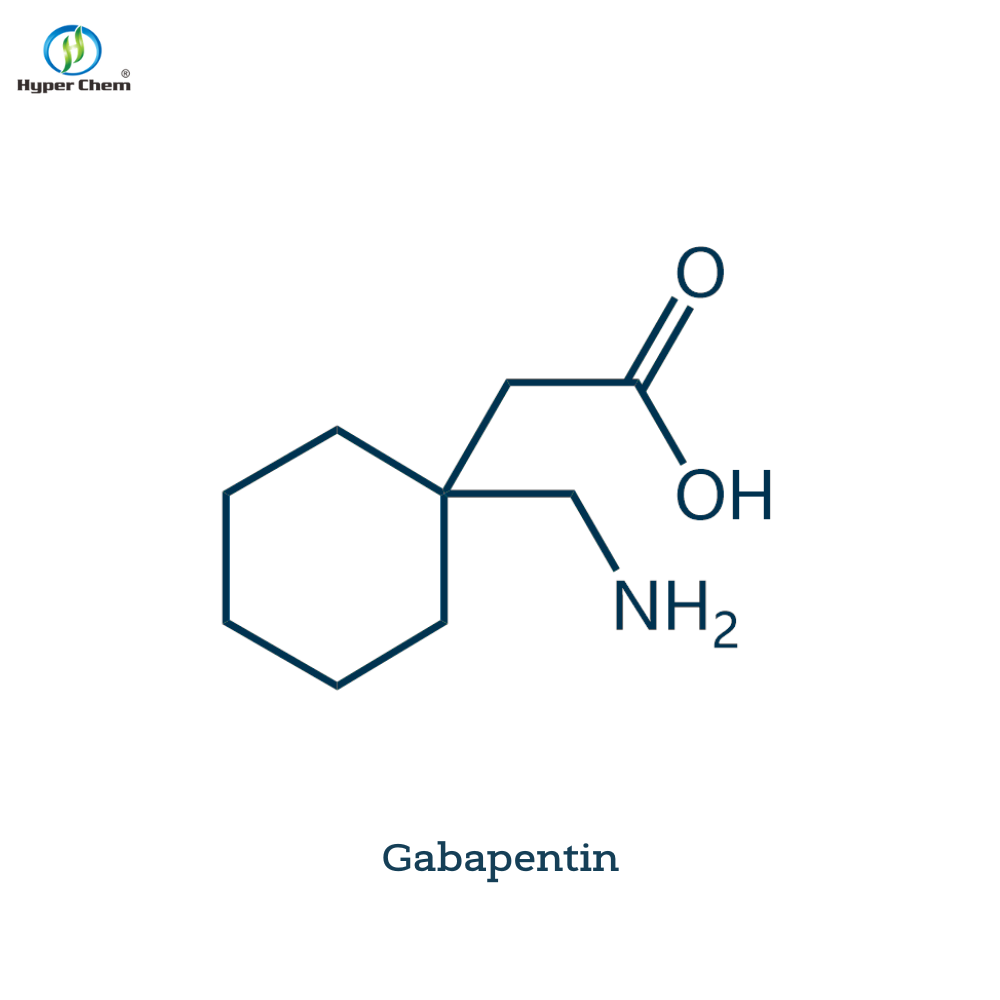Research reveals that the unconscious manipulation of visual attention can affect individual risk selection
-
Last Update: 2019-12-08
-
Source: Internet
-
Author: User
Search more information of high quality chemicals, good prices and reliable suppliers, visit
www.echemi.com
People's daily life is full of a variety of risk decisions, such as different investment and financial management, medical options Risk decision-making is closely related to human survival and development Previous studies have found that there is a correlation between visual attention and decision-making behavior The longer an option is watched or the last time it is watched, the more likely it is to be selected But whether there is causal relationship between visual attention and decision-making behavior is still controversial In order to explore whether there is a causal relationship between visual attention and risk decision-making, Rao Lilin, a young distinguished researcher of Li Shu research group, Key Laboratory of behavioral science, Institute of psychology, Chinese Academy of Sciences, led the students to carry out relevant research Eye movement technology was used in the study, and gaze based manipulation was used to investigate the effect of visual attention on risk decision-making In Experiment 1, the researchers conducted eye movement manipulation of visual attention based on options The researchers set the target options randomly in advance, and use the eye tracker to monitor the eye movement track of the subjects in real time When the visual attention of the subjects reaches the trigger condition, the experimental stimulus disappears and presents the selection interface (Figure 1) The results show that visual attention manipulation based on options can affect risk selection The target option is more likely to be selected than the non target option (Figure 2a) The analysis found that the reason was that eye movement manipulation made the subjects gaze at the target option for a longer time, and eye movement manipulation made the subjects more likely to look at the target option at last The researchers also found that the subjects did not realize their visual attention was manipulated after the experiment In Experiment 2, the researchers conducted eye movement manipulation of visual attention based on the option dimension The researchers set the target dimension at random in advance, and use eye tracker to monitor the eye movement track of the subjects in real time When the visual attention of the subjects reaches the trigger condition, the experimental stimulus disappears and presents the selection interface The results show that dimension based visual attention manipulation can affect risk selection Compared with the non target dimension, the dominant option in the target dimension is more likely to be selected (Figure 2b) The analysis found that the reason was that eye movement manipulation made the subjects gaze at the target dimension longer, and eye movement manipulation made the subjects more likely to look at the target dimension at last The same as experiment 1, the subjects did not realize their visual attention was manipulated after the experiment In order to further verify the reliability of the conclusion, the researcher carried out experiment 3 Experiment 3 is similar to experiment 1, but there are two differences: one is that the expected value of the options is quite different; the other is that the subjects are asked to see the two options after each selection Results similar to experiment 1, the target option was more likely to be selected than the non target option (Figure 2C) This result verifies the effectiveness and stability of visual attention manipulation To sum up, this study found that visual attention manipulation based on options and dimensions can affect individual risk selection The results indicate a new direction for the theoretical development of risk decision-making In the future, the theory should consider the dynamic model that can explain both option based and dimension based visual attention In addition, the results of this study also inspire people to monitor individual attention distribution, which can help individuals make better decisions The research was supported by the National Natural Science Foundation of China (31671166; 71901126), the youth innovation promotion association of the Chinese Academy of Sciences (2015067), and the young talents trust project of the Chinese Association for science and Technology (yess20160143) The article has been published online in alignment.
This article is an English version of an article which is originally in the Chinese language on echemi.com and is provided for information purposes only.
This website makes no representation or warranty of any kind, either expressed or implied, as to the accuracy, completeness ownership or reliability of
the article or any translations thereof. If you have any concerns or complaints relating to the article, please send an email, providing a detailed
description of the concern or complaint, to
service@echemi.com. A staff member will contact you within 5 working days. Once verified, infringing content
will be removed immediately.







